How to Debug CI/CD Pipelines: A Handbook on Troubleshooting with Observability Tools
Observability is a game-changer for CI/CD pipelines, and it’s one of the most exciting aspects of DevOps. When I started working with CI/CD systems, I assumed the hardest part would be building the pipeline. But with increasingly complex setups, the ...

Observability is a game-changer for CI/CD pipelines, and it’s one of the most exciting aspects of DevOps. When I started working with CI/CD systems, I assumed the hardest part would be building the pipeline. But with increasingly complex setups, the real challenge is debugging failures, like builds crashing or tests failing only in production.
Observability tools, such as logs, metrics, and traces, provide the visibility you need to pinpoint issues quickly. In this handbook, we’ll explore free and open-source tools you can use to make your CI/CD pipelines more reliable. We’ll use practical steps to troubleshoot like a pro – no enterprise licenses required.
Table of Contents
How to Install and Configure Grafana Loki on Budget Infrastructure
How to Implement an ELK Stack Alternative for Pipeline Observability
How to Create a Unified Logging Strategy Across Pipeline Components
How to Create Grafana Dashboards That Combine Metrics and Logs
Prerequisites
There are some things you should know and have to get the most out of this handbook:
Technical Knowledge:
Basic understanding of CI/CD pipelines (for example, build, test, deploy stages).
Familiarity with Linux/Unix commands (for example,
mkdir,grep,curl).Comfortable with Docker basics (for example,
docker run,docker-compose up).Optional: Awareness of observability concepts (logs, metrics, traces) or YAML configuration.
Software and Tools:
Docker and Docker Compose: Installed and running (verify with
docker --versionanddocker-compose --version).CI/CD Platform: Access to GitHub Actions, Jenkins, or GitLab CI with a sample pipeline that generates logs.
Text Editor: For editing YAML files (for example, VS Code, Nano).
Web Browser: To access tool UIs (for example, Grafana on port 3000, Kibana on 5601).
Optional:
curlfor testing log forwarding, Git for version control.
Hardware and Infrastructure:
Machine with:
OS: Linux, Windows (with WSL2), or macOS.
4GB RAM (8GB recommended), 20GB free disk space.
Stable internet and ability to open ports (for example, 3100 for Loki, 9200 for Elasticsearch).
Optional: Cloud provider access (for example, AWS, GCP) for scalable setups.
Access and Permissions:
Admin access to install Docker and configure CI/CD tools.
Permissions to modify pipeline configs (for example,
.github/workflows,.gitlab-ci.yml).Optional: Container registry access (for example, Docker Hub) for custom images.
Why Observability is Important
Modern CI/CD pipelines are no longer linear scripts – they are now complex, distributed systems involving multiple tools, environments, and infrastructure layers. One job runs on GitHub Actions, another deploys via Jenkins, and a third builds Docker images in a Kubernetes cluster.
So when something breaks, you’re left chasing logs across tools, guessing where the issue originated, and wasting hours trying to reproduce it.
And worse still, traditional debugging tools often stop at the surface, only showing failed jobs without the context of why they failed or where in the system the fault actually lies.
Observability flips the script. Instead of hunting through disconnected logs or rerunning failed builds blindly, observability gives you insight, not just data. By combining structured logs, metrics, and traces, you can:
Reconstruct exactly what happened in a pipeline failure
Trace a failure across CI agents, deployment steps, and containers
Visualize patterns and anomalies before they become outages
More importantly, observability helps you move from reactive debugging to proactive prevention.
Here’s what you’ll learn about and accomplish in this guide:
Set up cost-effective observability using Grafana Loki, lightweight ELK, and OpenTelemetry
Create a unified logging strategy to connect your pipeline
Write precise queries to quickly pinpoint root causes, correlate logs, metrics, and traces for comprehensive debugging
Troubleshoot CI/CD issues like build failures, flaky tests, and container crashes
Build custom dashboards and automated diagnostic tools
Promote observability through documentation and post-mortems
Whether you're a solo developer or part of a DevOps team, this guide will transform your chaotic CI/CD pipelines into clear, reliable, and observable systems.
How to Choose the Right Observability Tool for CI/CD
Here’s a quick comparison of Grafana Loki, Lightweight ELK, and Vector for CI/CD observability:
| Tool | Resource Usage | Setup Complexity | Best For | CI/CD Fit |
| Grafana Loki | Low (lightweight) | Easy (Docker-based) | Small teams, budget infra | Simple pipelines, JSON logs, Grafana users |
| Lightweight ELK | High (Elasticsearch-heavy) | Moderate (multi-container) | Teams needing advanced search/visualization | Complex pipelines, rich querying needs |
| Vector | Very low | Easy (single binary) | Resource-constrained setups | Minimal setups, log forwarding |
How to choose:
Loki: Ideal for startups or solo devs with limited resources. Integrates well with Prometheus/Grafana.
ELK: Best for teams needing Kibana’s advanced visualizations or handling large log volumes.
Vector: Great for lightweight log forwarding in distributed CI/CD setups.
Grafana Loki is a log aggregation system like ELK, but it's more lightweight, and it’s ideal for CI/CD pipelines with limited infrastructure.






















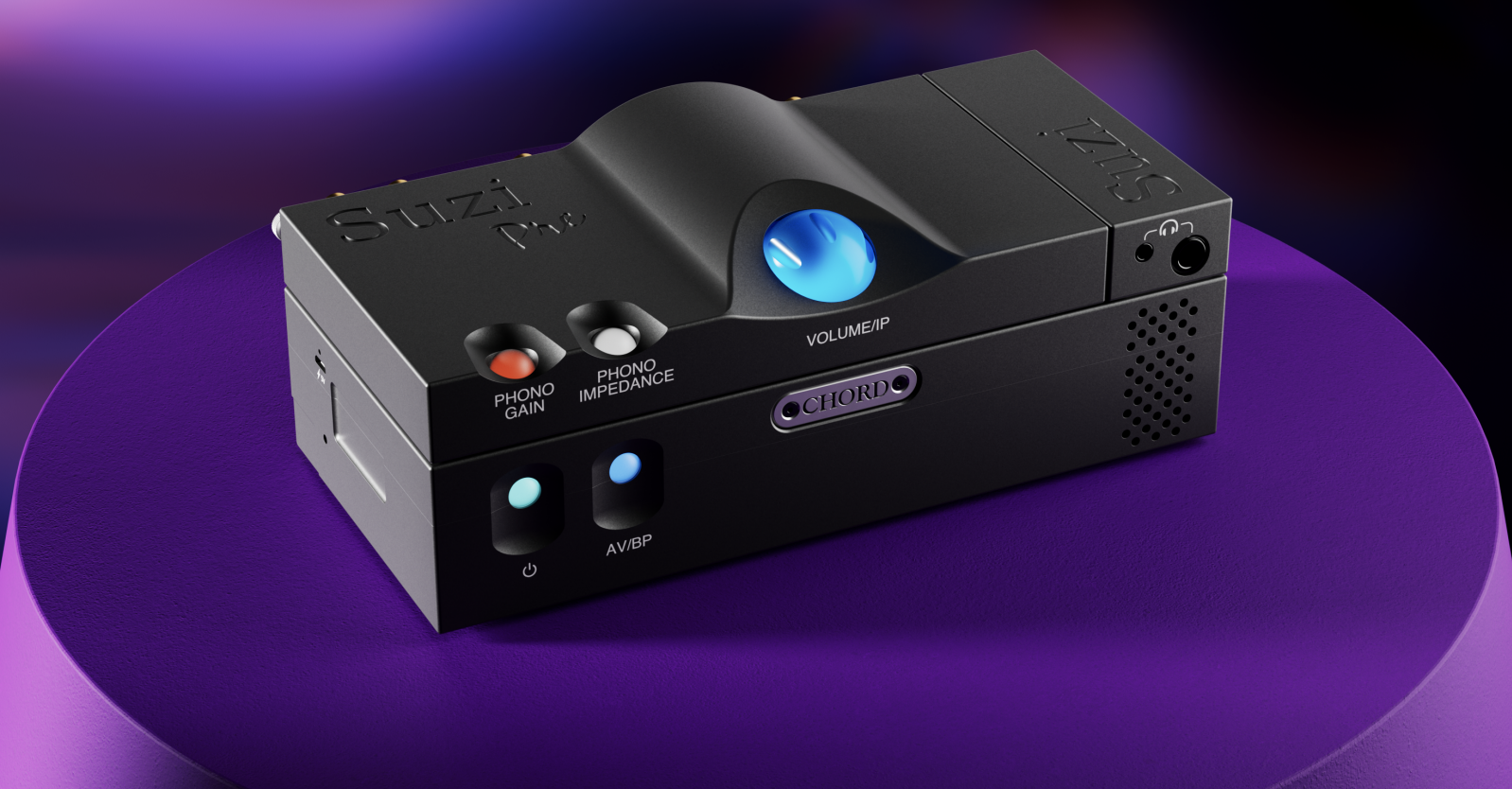














































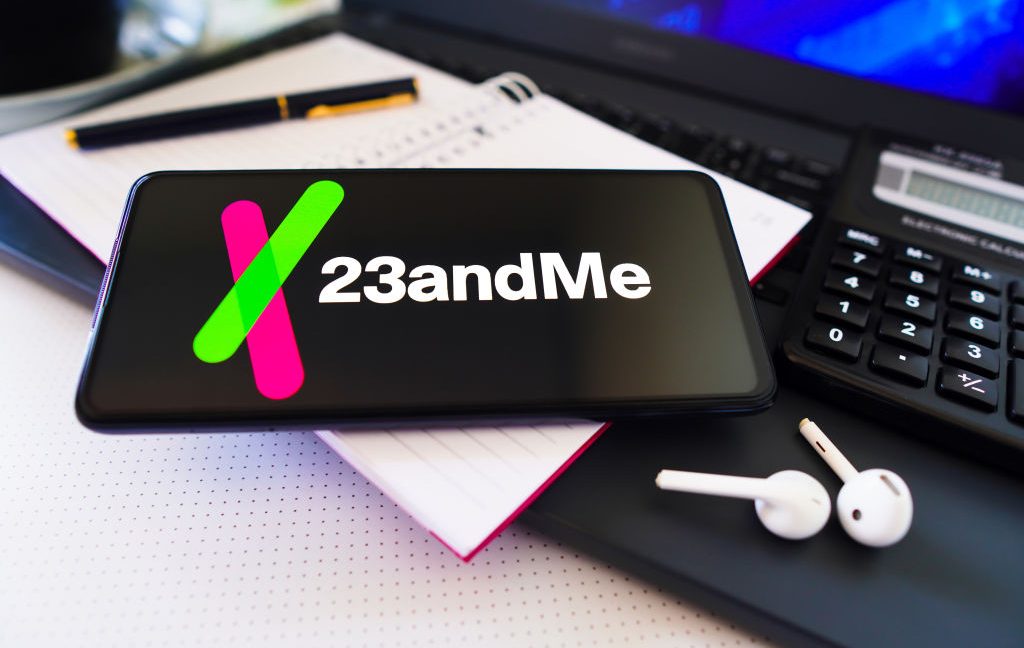









































































































![[The AI Show Episode 152]: ChatGPT Connectors, AI-Human Relationships, New AI Job Data, OpenAI Court-Ordered to Keep ChatGPT Logs & WPP’s Large Marketing Model](https://www.marketingaiinstitute.com/hubfs/ep%20152%20cover.png)
























































































































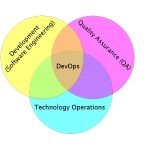




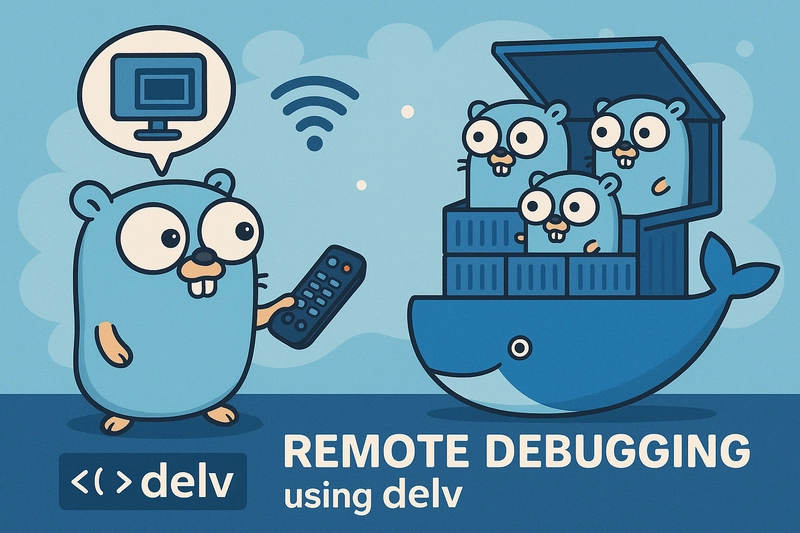





































































































































_Alexander-Yakimov_Alamy.jpg?width=1280&auto=webp&quality=80&disable=upscale#)
_Zoonar_GmbH_Alamy.jpg?width=1280&auto=webp&quality=80&disable=upscale#)









































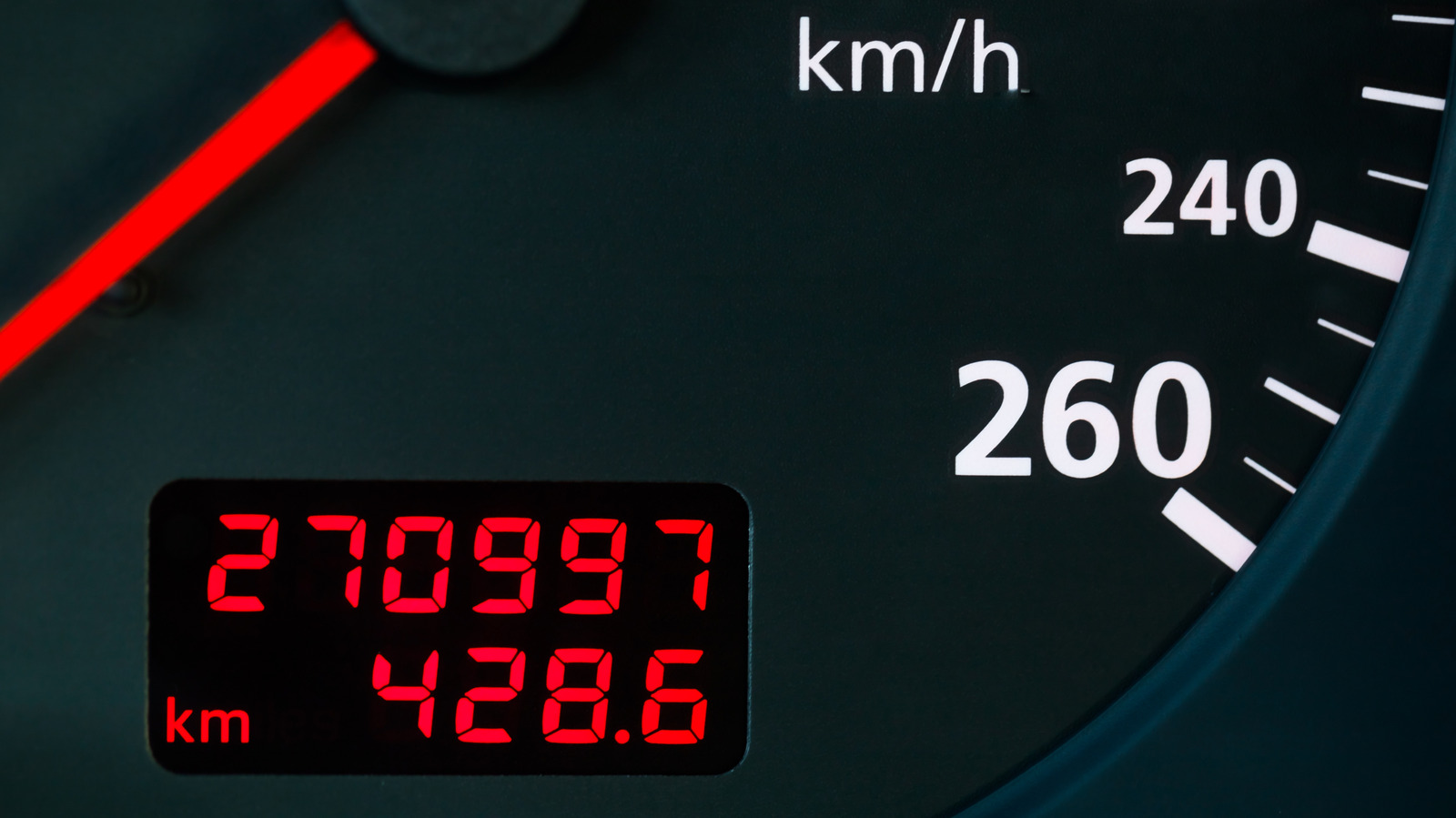
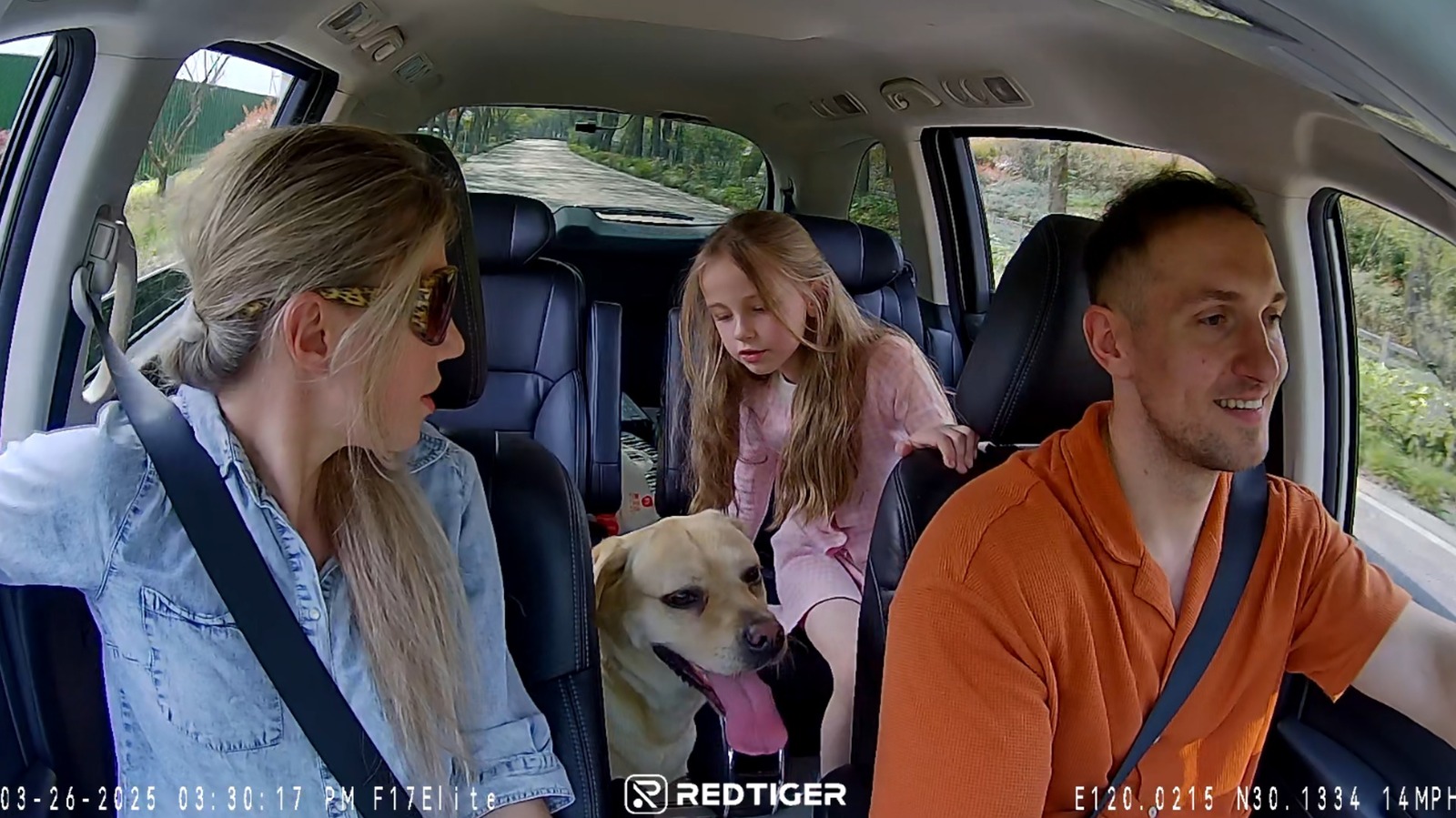





































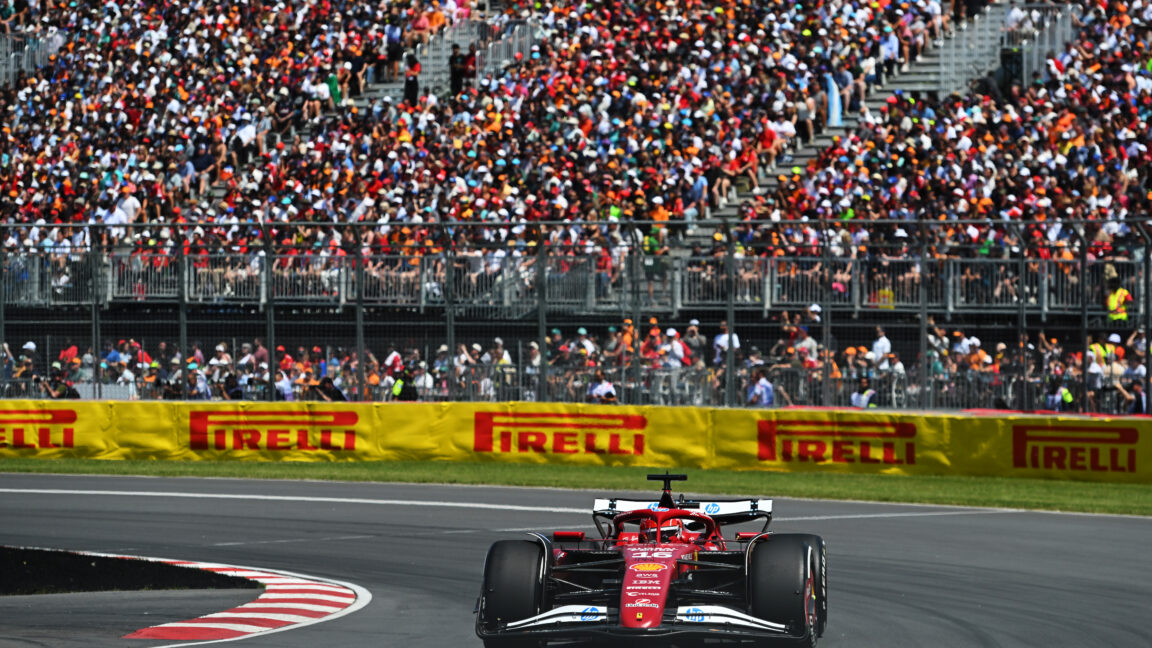

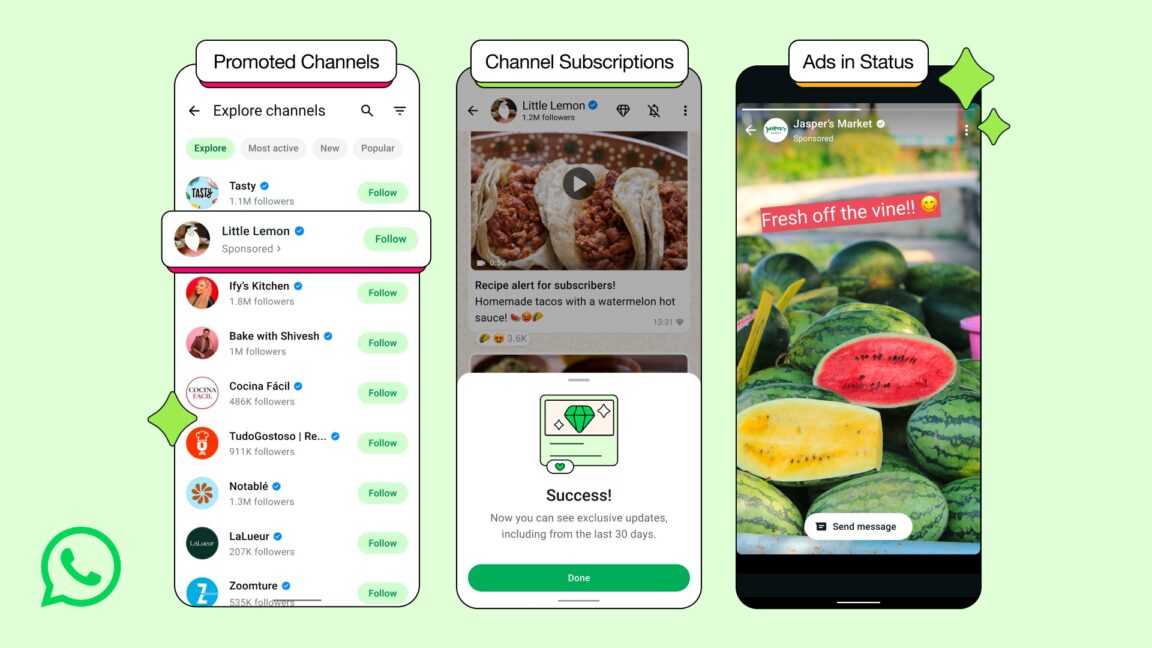

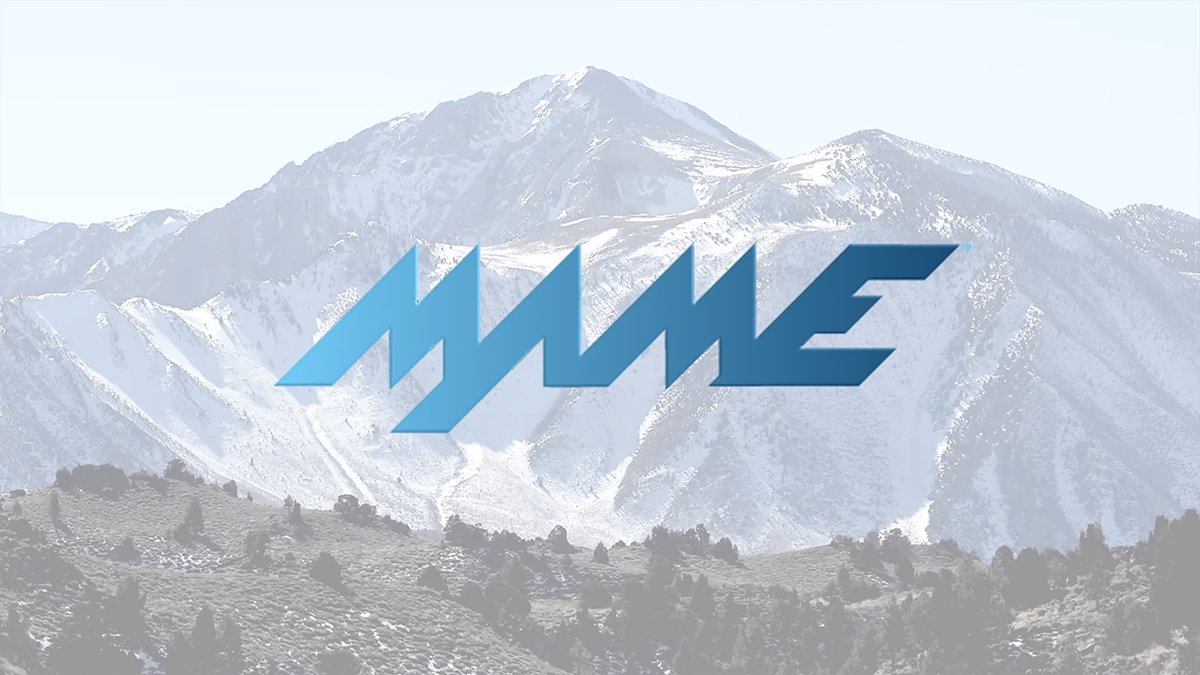




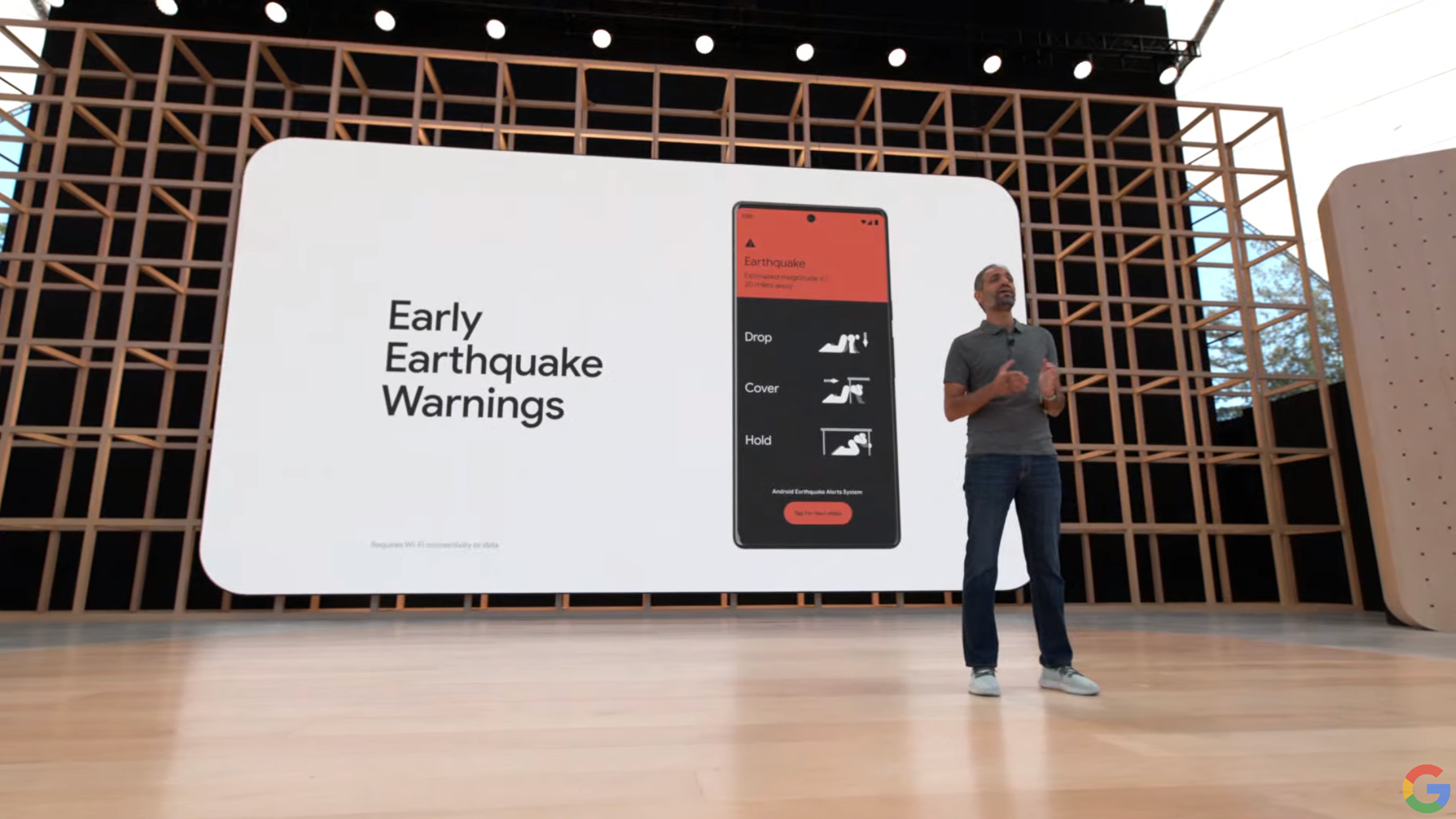
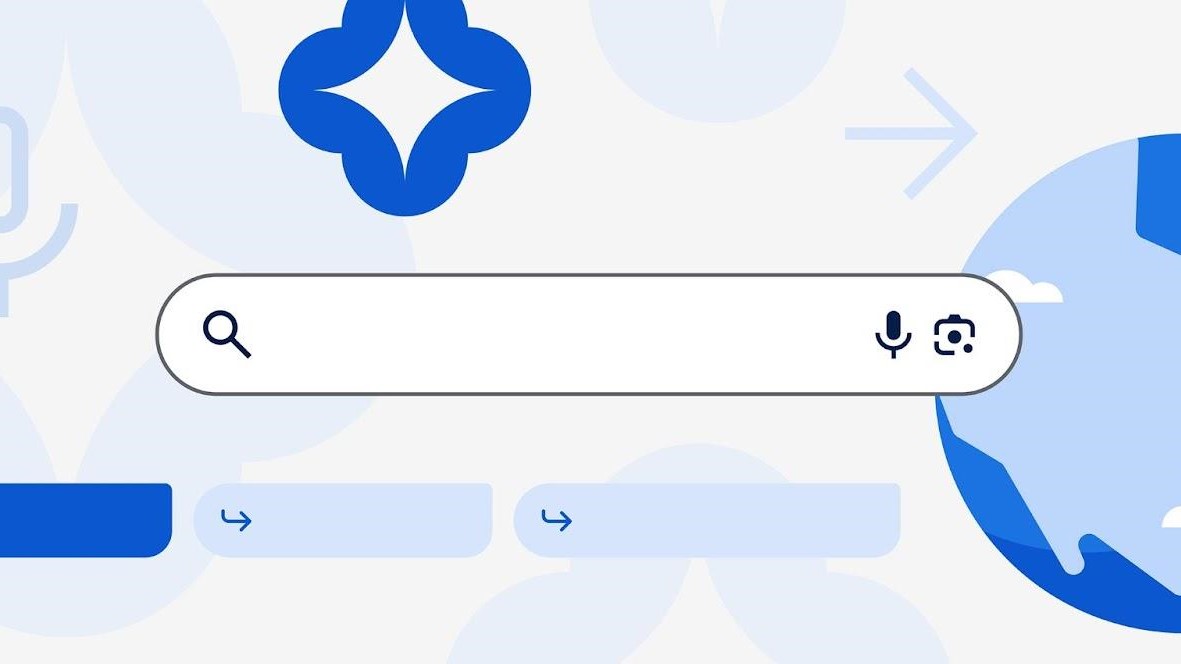
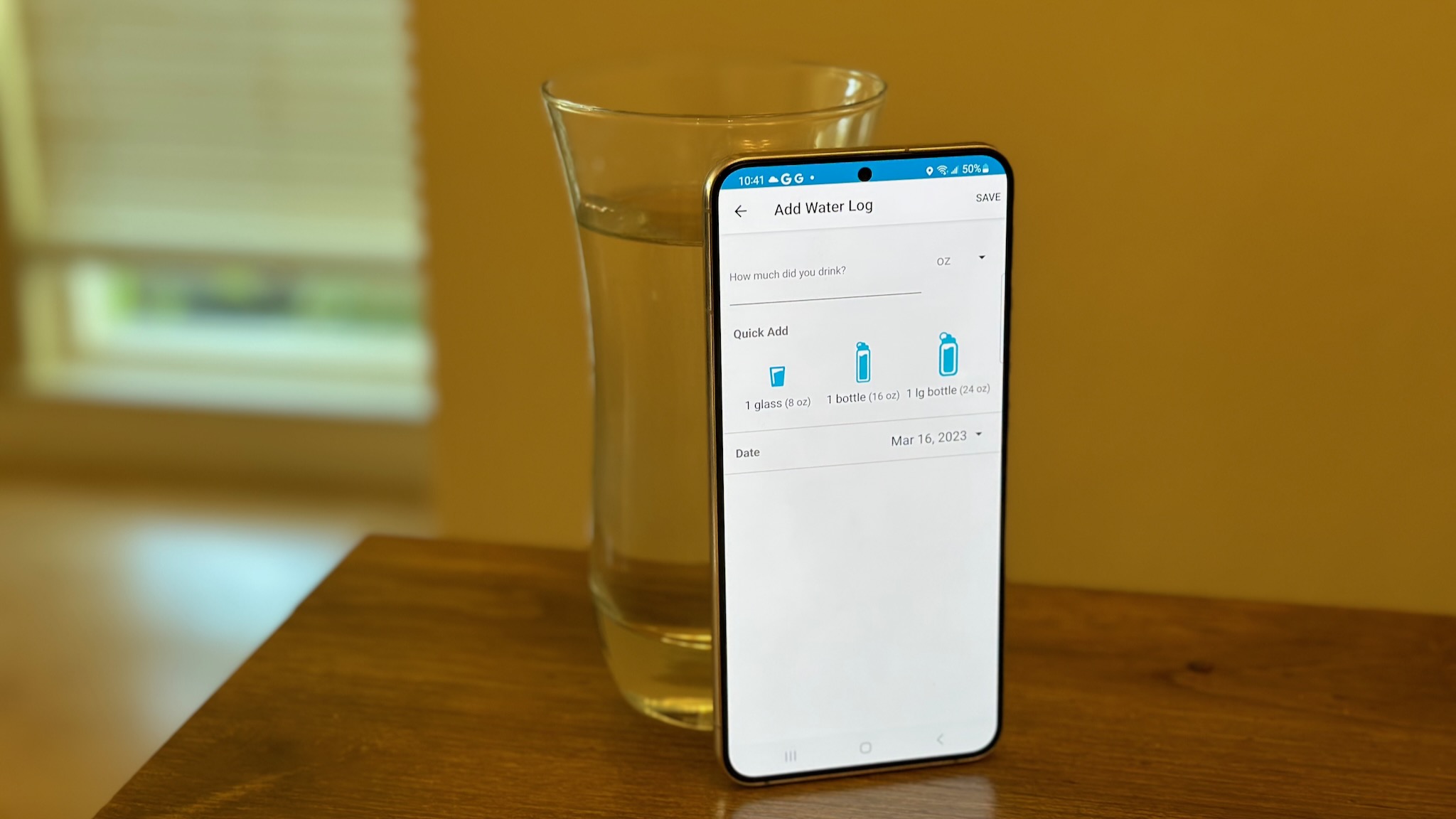

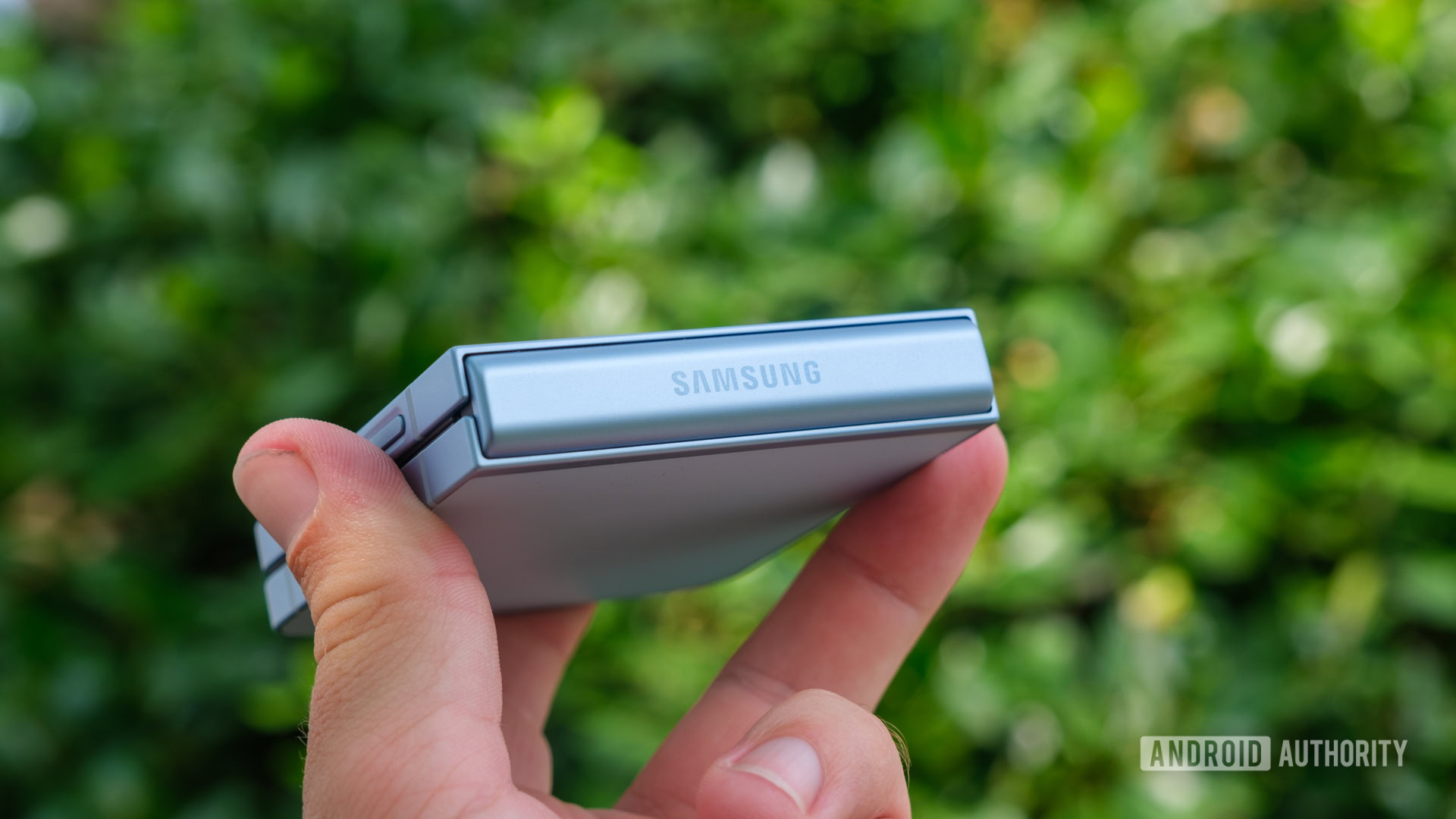



![Meta AI app ‘a privacy disaster’ as chats unknowingly made public [U: Warning added]](https://i0.wp.com/9to5mac.com/wp-content/uploads/sites/6/2025/06/Meta-AI-app-a-privacy-disaster-as-chats-inadvertently-made-public.jpg?resize=1200%2C628&quality=82&strip=all&ssl=1)

![OnePlus Pad Lite officially teased just as its specs leak [Gallery]](https://i0.wp.com/9to5google.com/wp-content/uploads/sites/4/2025/06/oneplus-nord-pad-lite-lineup-1.jpg?resize=1200%2C628&quality=82&strip=all&ssl=1)














![AirPods Pro 3 Not Launching Until 2026 [Pu]](https://www.iclarified.com/images/news/97620/97620/97620-640.jpg)
![Apple Releases First Beta of iOS 18.6 and iPadOS 18.6 to Developers [Download]](https://www.iclarified.com/images/news/97626/97626/97626-640.jpg)
![Apple Seeds watchOS 11.6 Beta to Developers [Download]](https://www.iclarified.com/images/news/97627/97627/97627-640.jpg)
![Apple Seeds tvOS 18.6 Beta to Developers [Download]](https://www.iclarified.com/images/news/97628/97628/97628-640.jpg)

















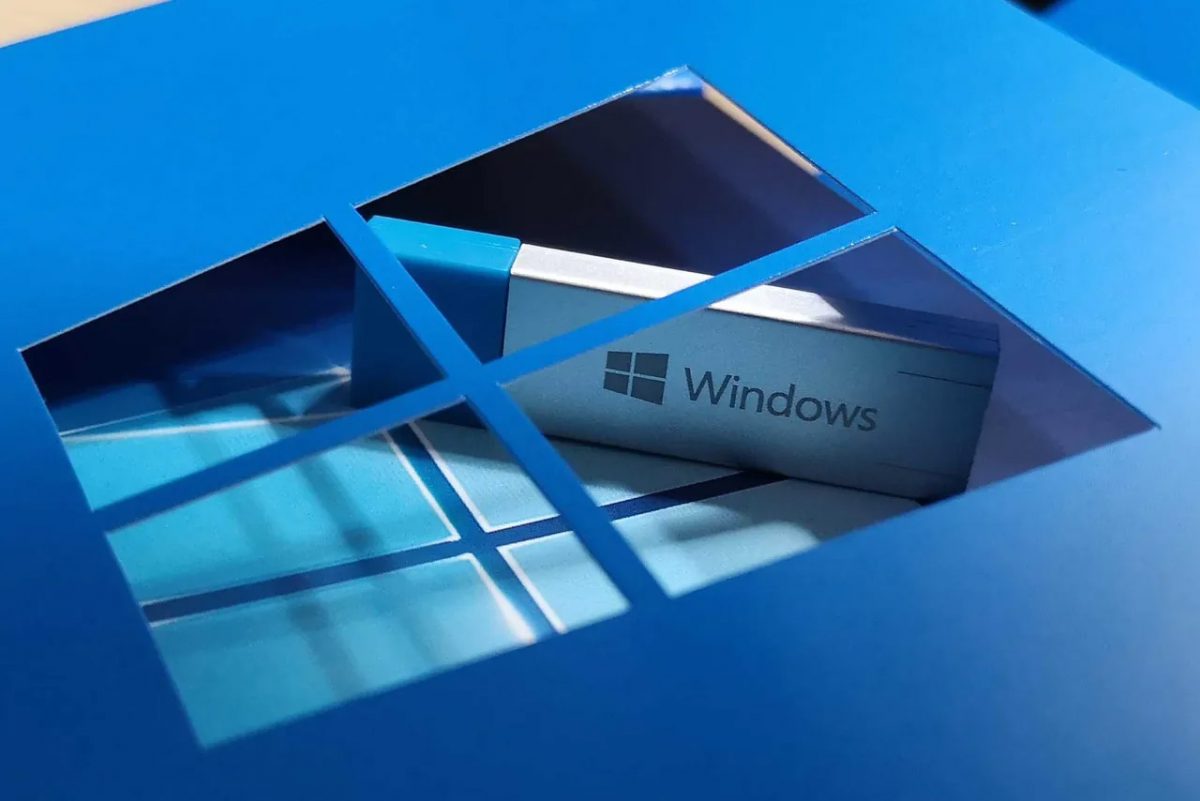
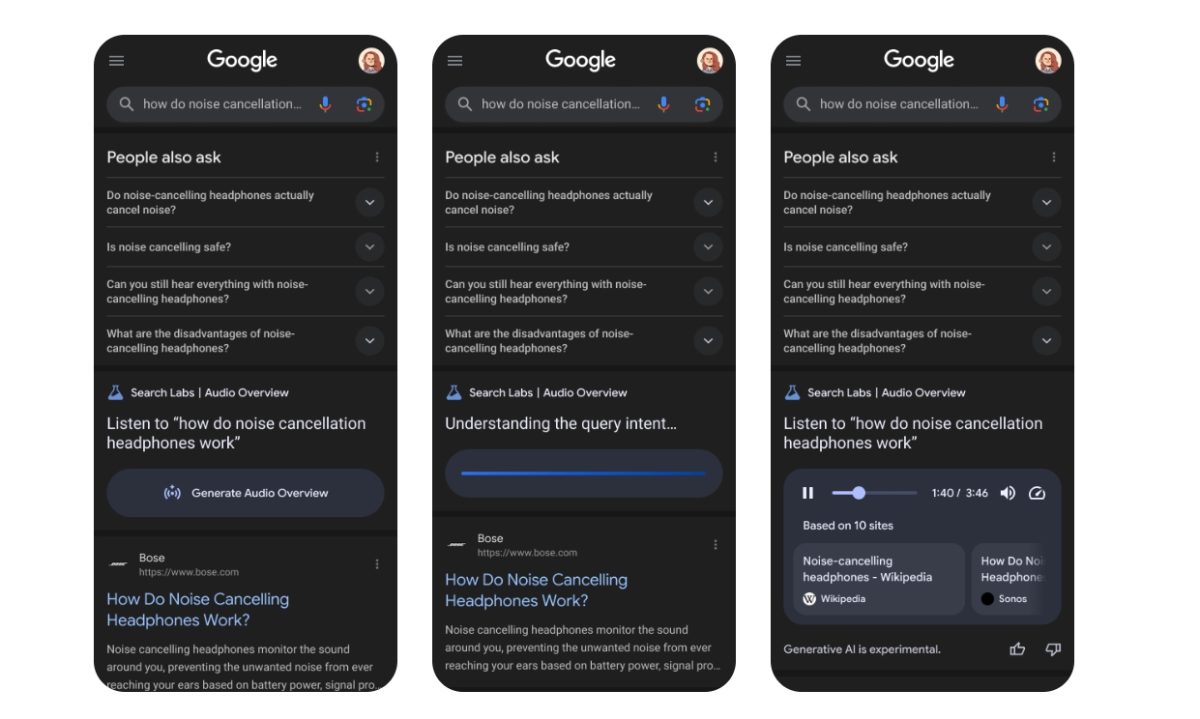
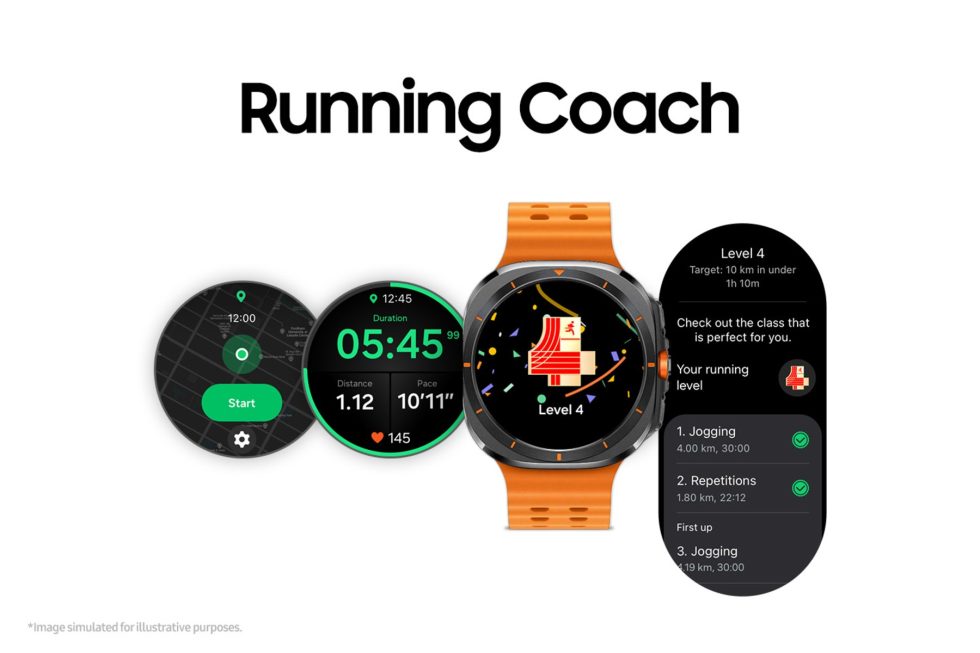

















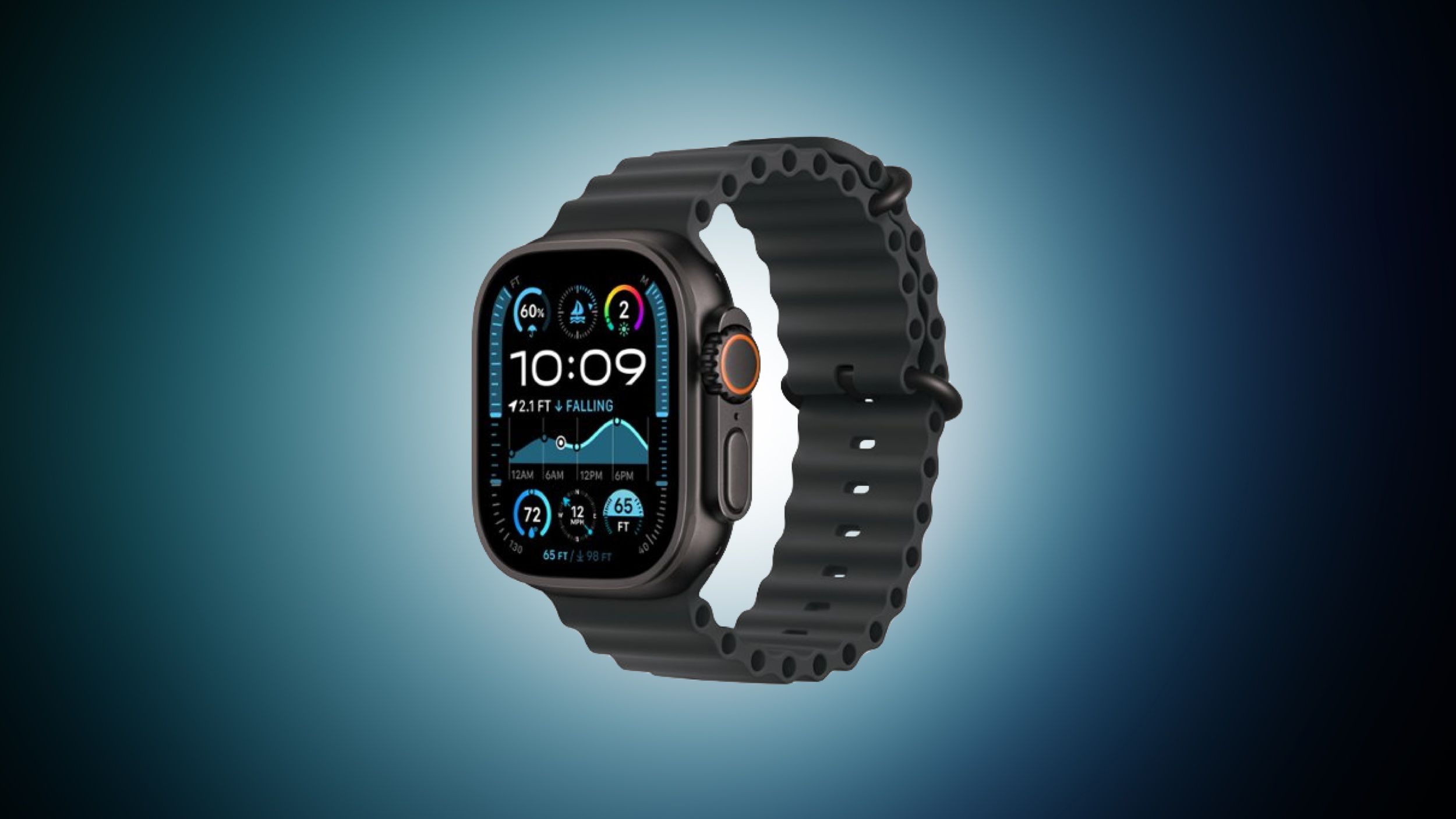






![T-Mobile customers' address, number, and other info allegedly up for sale; company denies claim [UPDATED]](https://m-cdn.phonearena.com/images/article/171306-two/T-Mobile-customers-address-number-and-other-info-allegedly-up-for-sale-company-denies-claim-UPDATED.jpg?#)




















